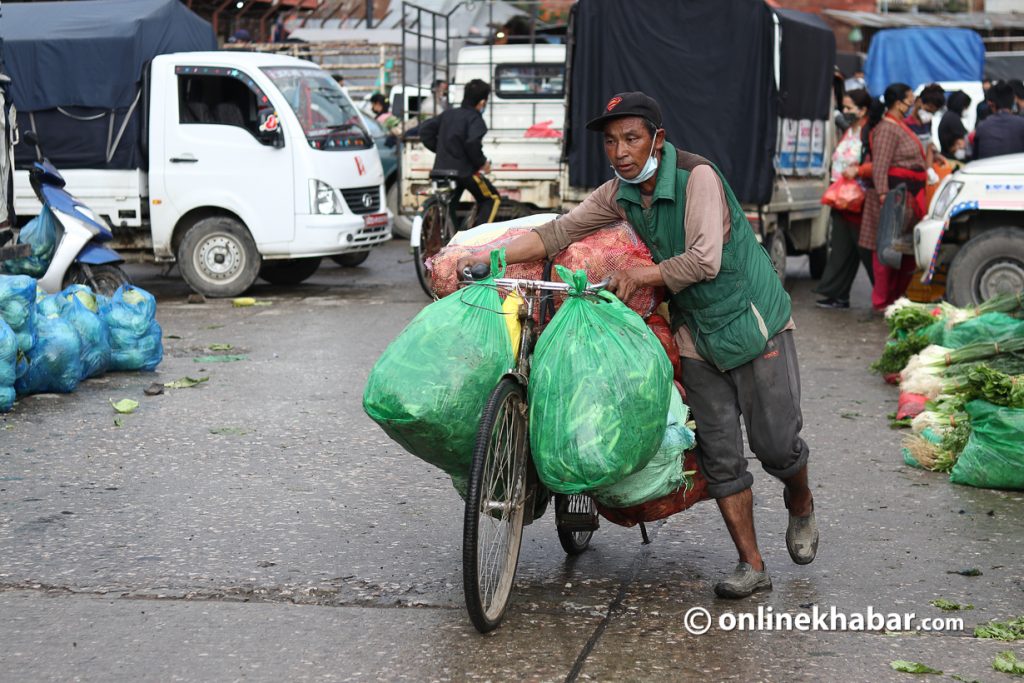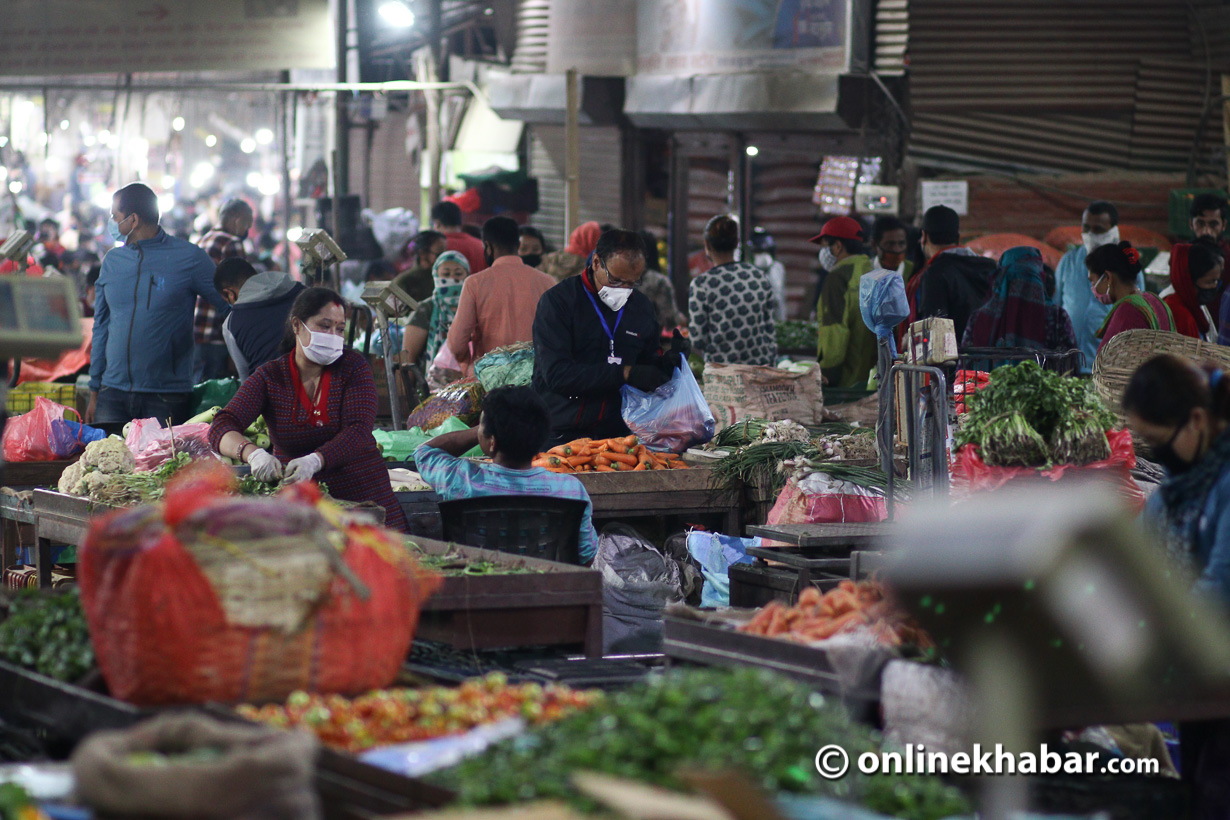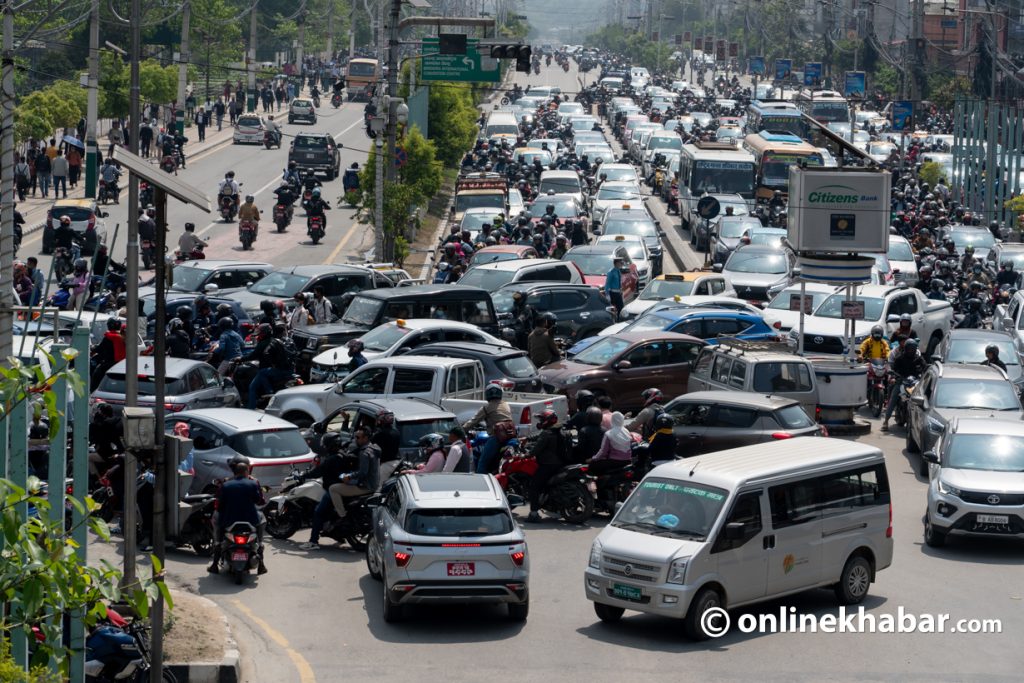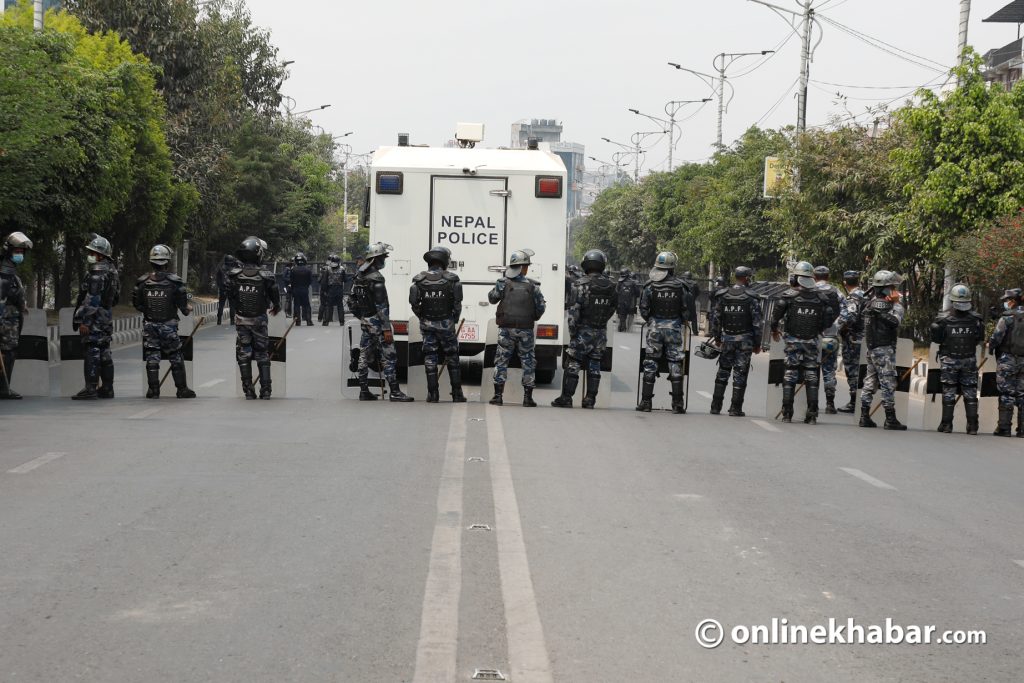Changes in food prices can also affect the status of poverty and inequality. As food prices increase, the monetary cost of achieving a fixed consumption basket also increases, leading to reduced consumer welfare.
The United Nations Organisation has estimated that more than one billion population in the world is going to be poor in terms of per capita calorie consumption, simply because the people have to expend about 40% of income on the food items in their normal food basket, which again will be heavily constrained by the pandemic.
Major causes of the food price hike in Nepal are a decline in agricultural production due to unfavourable weather conditions and various types of supply bottlenecks.

According to a report published by the World Bank in 2020, as many as 2,057,368 (7% of the population of Nepal) are under the extreme poverty line. With a high unemployment rate and lack of income-generating skills after the enforcement of the lockdown measures, the surging price of the essentials risks various disadvantages such as malnutrition and hunger.
Food and beverage inflation stood at 9.68% while non-food and service inflation reached 4.48%. In Nepal, food prices have been the major contributor to the higher rate of overall inflation in the last few years.
According to Nepal Rastra Bank, the inflation rate of Nepal stood at 6.87% in the last fiscal year 2019/2020, which is likely to increase amid the pandemic with the shutdown of the whole economy of the country. Also, it will hit the purchasing power parity and heighten the gap between the rich and the poor.
Meanwhile, the poor and vulnerable households spend a major portion of their income on daily consumables, but with the increase in food prices, their purchasing power is restrained. This will push households to cut on their daily ration, which will ultimately take us down to the road of nutrition deficiency and malnutrition.

Even the non-poor are also compelled to spend more on food affecting their expenditure on non-food essentials such as education, health, fuel, clothing, and housing. One-third of the Nepalis are poor in terms of daily calorie requirement (CBS, 2007), and are subject to victimisation due to sudden price hikes of food items.
The Department of Commerce, Supplies and Consumer Protection (DoCSCP) has intensified the monitoring of the vegetable stalls following the complaints that the price of vegetables has skyrocketed. But, the monitoring is limited to major cities of the valley. The rural parts of the country still remain unchecked by the authority, so we can imagine the situation there.
Domestic food producers and retailers have been jacking up prices of daily consumable items as it suits them all the way up to 10 to 15 rupees amid the pandemic, according to the DoCSCP. The increased market anomalies in the country further intensify the deprivation of the disadvantaged.
So, instead of relying on the middleman responsible for the increment of food pricing, there needs to be a proper channel for transportation and marketing for the produced goods amid the pandemic.
There has also been the varied pricing of the food and essentials at varied places. So, there must be a proper monitoring system to ensure that the farmers are getting the right price and the consumers are not taken advantage of. To conclude, the government should conduct effective inspections and take strict action against traders who are profiteering in this time of crisis.






















